What is Aam Ki Lakdi for Hawan?
Aam ki lakdi, known as dry mango wood, is derived from the mango tree (Mangifera indica). Mango wood is often used as a sacred fuel in Hindu rituals and ceremonies, such as hawan or havan (a fire ritual). The havan fire wood is considered auspicious and is believed to possess purifying and divine properties.
During a hawan, a sacred fire is lit, and various offerings are made into the fire while reciting mantras and prayers. Mango wood logs or sticks are used as the primary fuel for the fire. The mango wood for hawan is chosen for its quality, fragrance, and symbolism associated with the mango tree, which is considered sacred in Hinduism.
A havan is a form of worship performed for various purposes, such as seeking blessings, purification, and spiritual upliftment. The use of mango wood in the havan ceremony is believed to enhance the effectiveness and sacredness of the ritual.
It’s important to note that cultural and religious practices may vary, and the significance of specific ritual materials may differ across regions and traditions.
What are the benefits of using Mango wood in Havan Puja?
Using mango wood in Havan Puja, or fire rituals, is believed to offer several benefits. Firstly, mango wood is considered sacred and symbolizes fertility, abundance, and prosperity.
It is believed to attract positive energy and divine blessings. Secondly, the fragrance emitted by burning mango wood is considered pleasing to deities and is believed to purify the atmosphere, creating a conducive environment for the ritual.
Mango wood is known for its longevity and durability, which signifies stability and strength. Using mango wood in Havan Puja is believed to enhance the effectiveness of the ritual and foster a deep connection with the divine.
Tip: Devotees often buy Samidha, Havan Samagri and Navgrah Samidha for Puja & Homam Purposes.


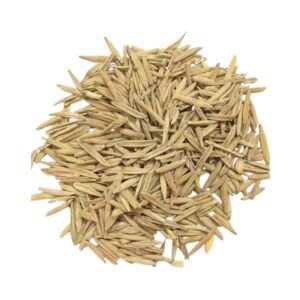
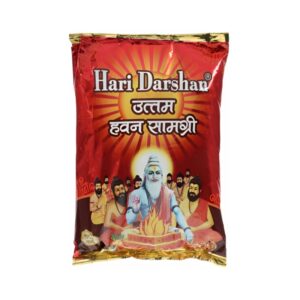
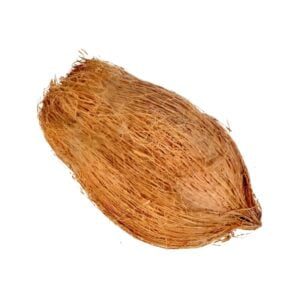
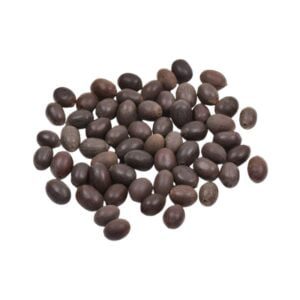
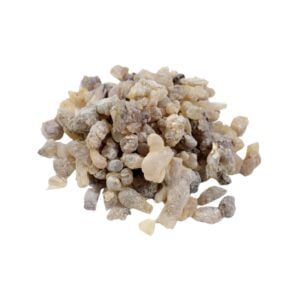
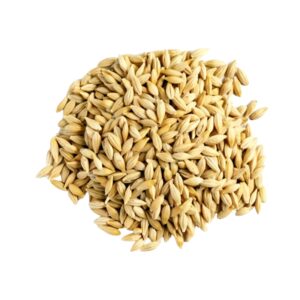
Reviews
There are no reviews yet.